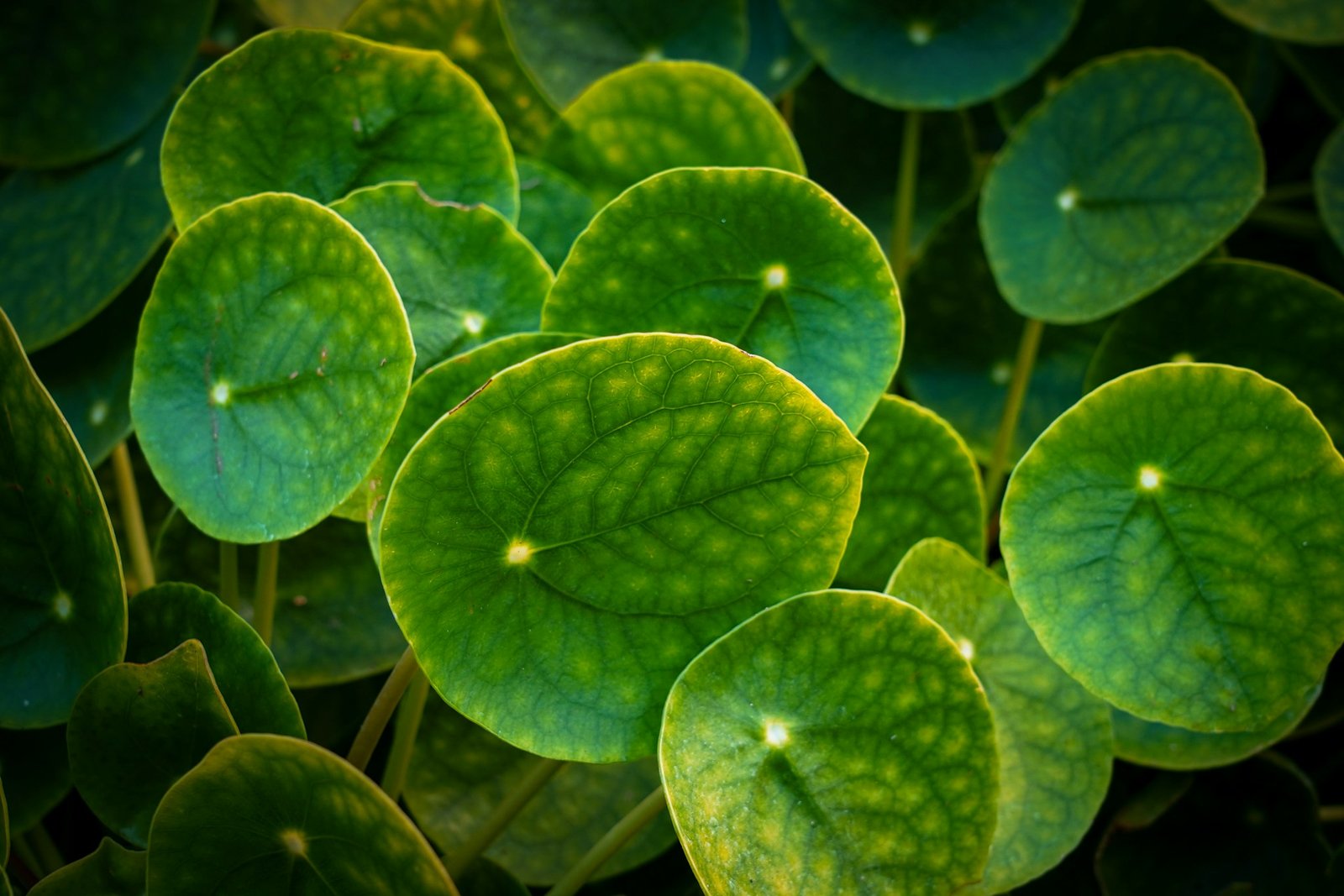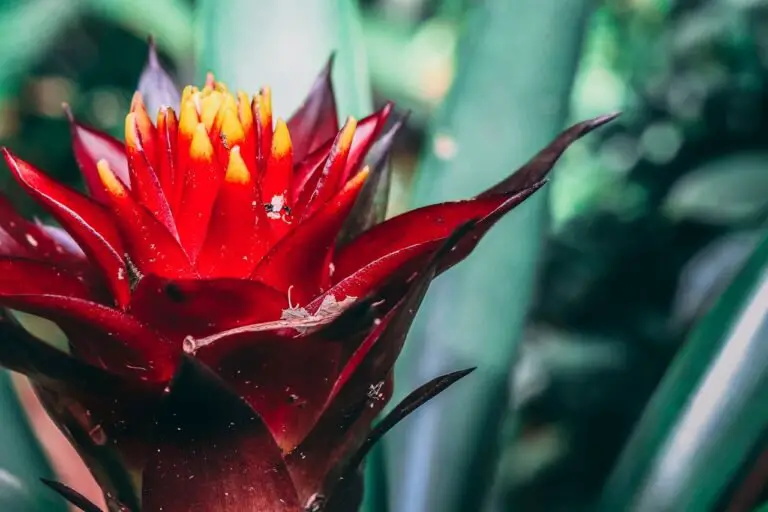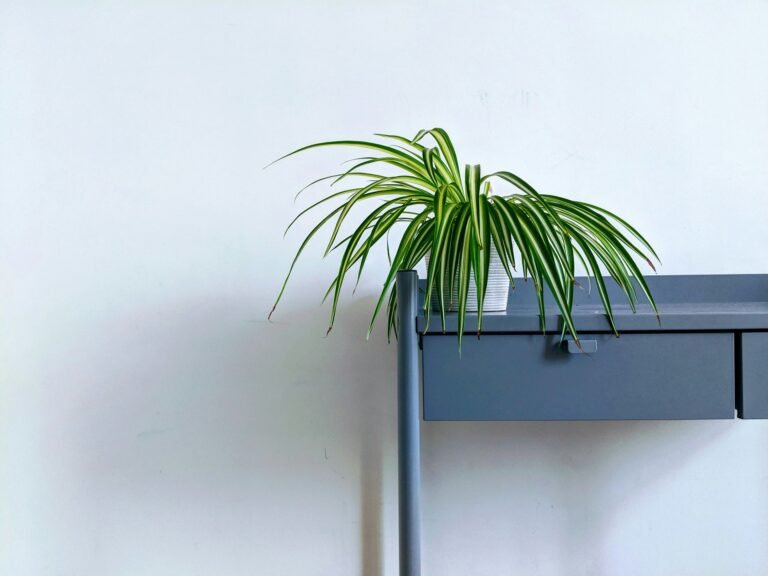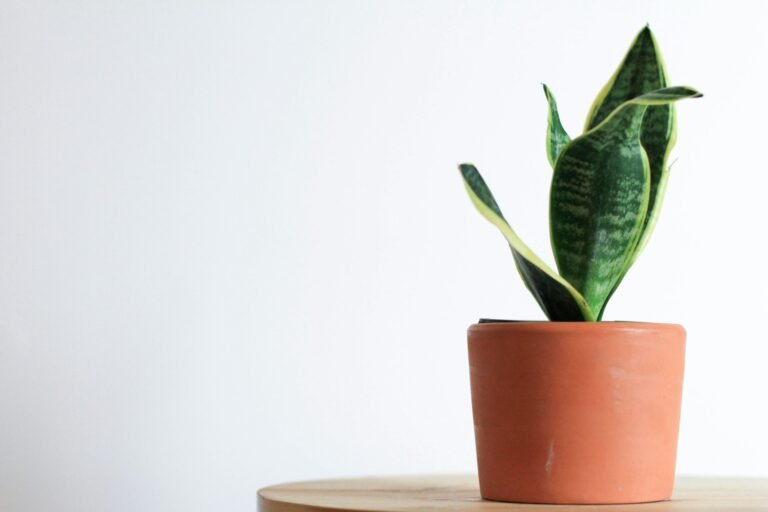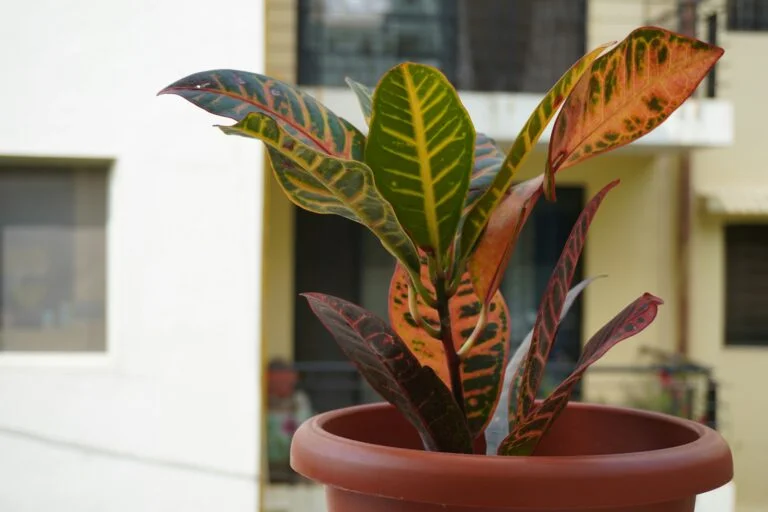Chinese Money Plant Care Guide: The Quirky, Coin-Leafed Darling
You want a plant that’s cute as a button, easy to share, and looks like it belongs in a minimalist art gallery? A plant with perfectly circular, glossy leaves that seem to float on delicate stems? Then you absolutely need a Chinese Money Plant (Pilea peperomioides). This isn’t just a houseplant; it’s a social media star, a delightful conversation starter, and an absolute joy for anyone who loves watching little plant babies pop up. 💰
If you’ve seen its unique coin-shaped leaves all over Pinterest and Instagram, but thought it might be high-maintenance, think again. The Pilea is quirky, charming, and surprisingly unfussy once you understand its simple needs. We’re going to dive into why this peculiar beauty is so beloved, how to keep its leaves perky, and how to harvest its endless supply of adorable “pups.”
Why This Plant is So Popular (Its Unique Appeal)
The Chinese Money Plant has soared in popularity over the last few years, becoming a must-have for modern plant enthusiasts. Its unique aesthetics and easygoing nature make it a winner:
- Distinctive Looks: Those perfectly round, pancake-like leaves are truly one-of-a-kind. They emerge on long, slender stems, giving it an airy, sculptural quality.
- Prolific “Pups”: It constantly produces little baby plants (offsets or “pups”) from its base or even from its roots in the soil. This means endless opportunities for propagation and sharing!
- Compact Size: It generally stays a manageable size, making it perfect for shelves, desks, or windowsills.
- Relatively Easy Care: It’s forgiving of minor neglect, making it suitable for plant beginners.
It’s truly a plant that offers both aesthetic joy and the satisfying experience of growing new life.
Light Requirements
Pilea love bright, indirect light. Think of a spot near a window where it gets plenty of ambient light but is shielded from harsh, direct sun. A north or east-facing window is often ideal.
- Ideal Spot: A few feet away from a south or west-facing window, or directly in an east/north window.
- Too much direct sun: Can scorch the delicate leaves, causing them to yellow, brown, or develop sun spots. They might also curl.
- Too little light: Leads to leggy growth (long, stretched stems with leaves far apart) and smaller, paler leaves. The plant might also not produce as many pups.
If your Pilea starts looking elongated or its leaves lose their vibrant green, it’s probably asking for a brighter spot. Rotate it regularly (every few days) to ensure even growth, otherwise, it will lean heavily towards the light source, and its stems might curve.
Watering Wisdom
This is where you need to pay attention, but the Pilea isn’t overly dramatic. It likes its soil to dry out mostly between waterings.
- Check the soil: Stick your finger into the soil about 2-3 inches deep. If it feels dry, it’s time to water. If it still feels moist, wait.
- Water thoroughly: Pour water slowly and evenly until it drains out of the bottom of the pot.
- Avoid soggy feet: Always empty any excess water from the saucer. Pilea are very susceptible to root rot if left in standing water.
The frequency depends on factors like pot size, light, humidity, and time of year. You’ll water more frequently in spring/summer and less in fall/winter.
- Signs of underwatering: Drooping, limp leaves, or the plant looking generally deflated. It usually perks up quickly after a good drink.
- Signs of overwatering: Yellowing leaves (especially lower ones), soft stems, or black spots on the leaves.
Humidity & Temperature Preferences
Pilea are pretty adaptable when it comes to humidity. They tolerate average household humidity levels perfectly fine. They don’t demand high humidity, but they certainly won’t complain if you provide it.
- For extra happy plants: Consider occasional misting, placing it near a humidifier, or grouping it with other plants, especially if your home is very dry.
For temperature, aim for consistent warmth, ideally between 18°C and 25°C (65°F and 77°F).
- Avoid sudden temperature drops or cold drafts, which can stress the plant and cause leaf drop.
- Keep it away from direct blasts of heating or AC vents.
Soil & Potting Smarts
For a thriving Pilea, well-draining potting mix is crucial. They absolutely hate sitting in waterlogged soil.
- A good quality all-purpose indoor potting mix is a great base.
- Enhance drainage by adding perlite (about 20-30% of the mix). This will prevent compaction and allow aeration.
Ensure your pot has drainage holes. This is non-negotiable. If you’re using a decorative pot without holes, plant your Pilea in a slightly smaller nursery pot with drainage, then place that inside the decorative pot.
Pilea grow fairly quickly and will fill their pots with roots and pups.
- Repot annually or biannually, especially if you want to harvest pups from the soil.
- When repotting, go up just one pot size. A pot that’s too large will hold too much moisture.
Growth & Puppy Production
The Chinese Money Plant typically grows as an upright plant with a single main stem, producing new leaves from the top. Its charm really shines when it starts producing its offspring!
- Height: Indoors, they typically reach 12-18 inches (30-45 cm) tall, though they can get larger.
- Pups!: As the plant matures and gets enough light, it will start sending up little baby plants from its rhizomes (underground stems) right out of the soil around the mother plant. Sometimes, they even grow from the stem itself!
- Growth habit: As the plant ages, the lower leaves may naturally drop, leaving a bare stem with leaves only at the top. This is normal, but you can prune or propagate to encourage a bushier look.
Rotate your plant frequently to keep its growth even and prevent it from leaning.
Feeding Your Pilea
Pilea are not heavy feeders, but they do benefit from some nutrients during their active growing phase.
- Fertilize every 2-4 weeks during spring and summer (the main growing season).
- Use a balanced liquid houseplant fertilizer diluted to half or quarter strength.
Reduce or stop fertilizing in fall and winter. Over-fertilizing can lead to a buildup of salts in the soil, which can burn the roots and cause crispy leaf edges. If you notice white crust on the soil surface, it might be salt buildup – flush the soil with plain water.
Common Issues & Troubleshooting
The Pilea is generally robust, but it will give you clear signals if it’s unhappy.
- Drooping/Limp Leaves: Underwatering. This is the most common sign. Give it a good drink, and it should perk up.
- Yellowing Lower Leaves & Dropping: Often a sign of overwatering. The soil is staying wet for too long. Let it dry out more between waterings.
- Brown/Crispy Edges or Spots:
- Too much direct sun: Move to a spot with bright, indirect light.
- Low humidity: Consider misting or a pebble tray.
- Underwatering: If the soil is bone dry.
- Over-fertilization: Reduce feeding.
- Curling Leaves (Upwards): Often a sign of too much direct light or underwatering. Check your light conditions and soil moisture.
- Leggy Growth / Small Leaves: Not enough light. Move it to a brighter indirect light spot.
- Pests: Generally resistant. Keep an eye out for common houseplant pests like spider mites or mealybugs, especially on the undersides of leaves. Treat with neem oil or insecticidal soap if needed.
Paying attention to these cues will keep your Pilea thriving!
Pruning & Endless Propagation!
Pruning a Pilea is usually about maintaining its shape, encouraging bushiness, or simply removing old/damaged leaves.
- Remove yellowed or damaged leaves: Cut them back at the base of the stem.
- To encourage bushiness: You can “chop” the top off a leggy main stem. This is a bit drastic, but it can encourage new growth from the base.
Propagation is where the Pilea truly shines. Those “pups” are just begging to be rooted!
- Harvesting Pups (from soil):
- Once a pup is a few inches tall and has its own small leaves, you can gently dig around its base.
- If it has its own roots attached to the main plant, carefully separate it with a clean knife.
- Pot the pup directly into a small pot with moist, well-draining soil.
- Stem Cuttings: If your main plant becomes leggy, you can chop the top part of the stem (with several leaves) and root it.
- Let the cut end callus for a few hours.
- Place the stem in water, ensuring a node is submerged, or plant directly into moist soil.
- Water or Soil Rooting: Both methods work well for pups and stem cuttings. Water rooting lets you see the roots develop, which is fun! Once roots are an inch or two long, transfer to soil.
Final Thoughts: Should You Get One?
Should you get a Chinese Money Plant? Absolutely, if you want a plant that’s charming, low-fuss, and provides endless opportunities for plant gifting!
- It’s perfect for beginners who want a unique plant.
- It looks amazing in modern interiors.
- It’s a fantastic source of free plants to share with friends and family.
Go ahead, bring home a Pilea. Its quirky charm and generous nature will quickly make it one of your favorite green companions. Just make sure to rotate it, and you’ll be set!

